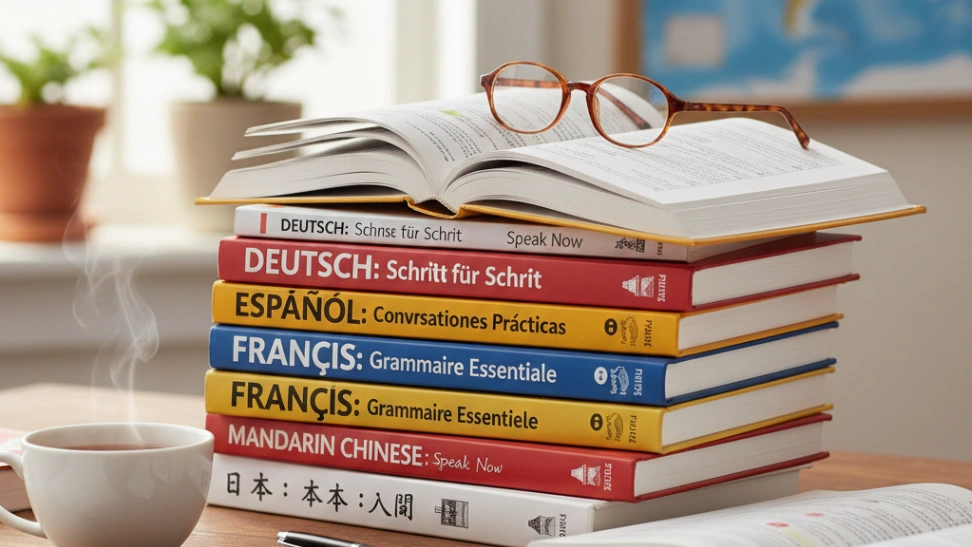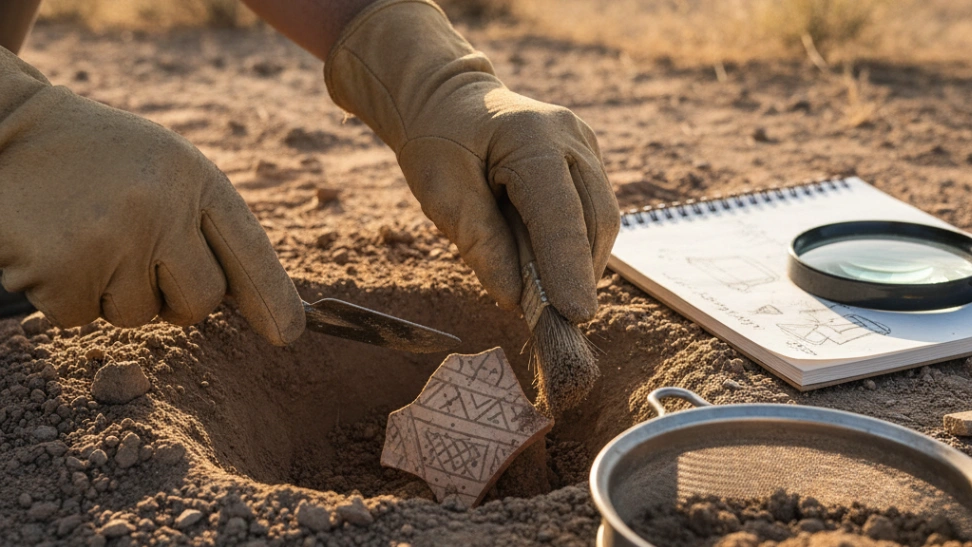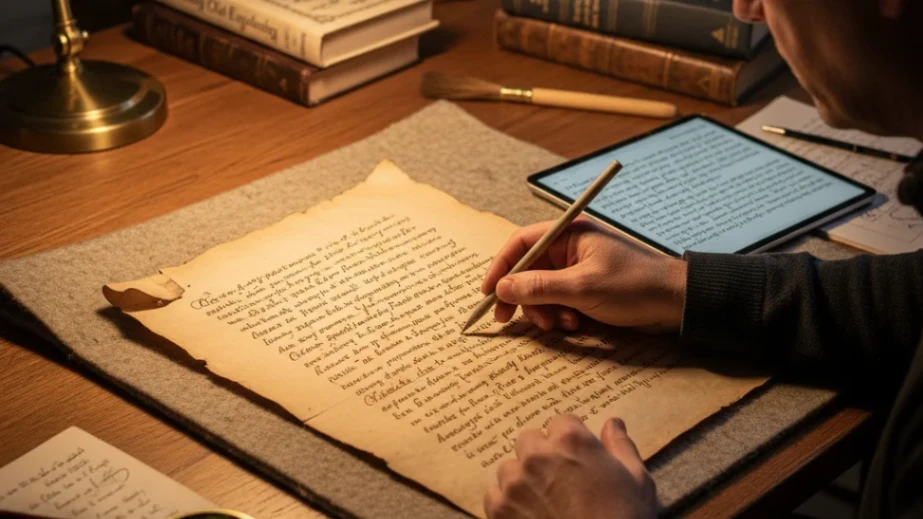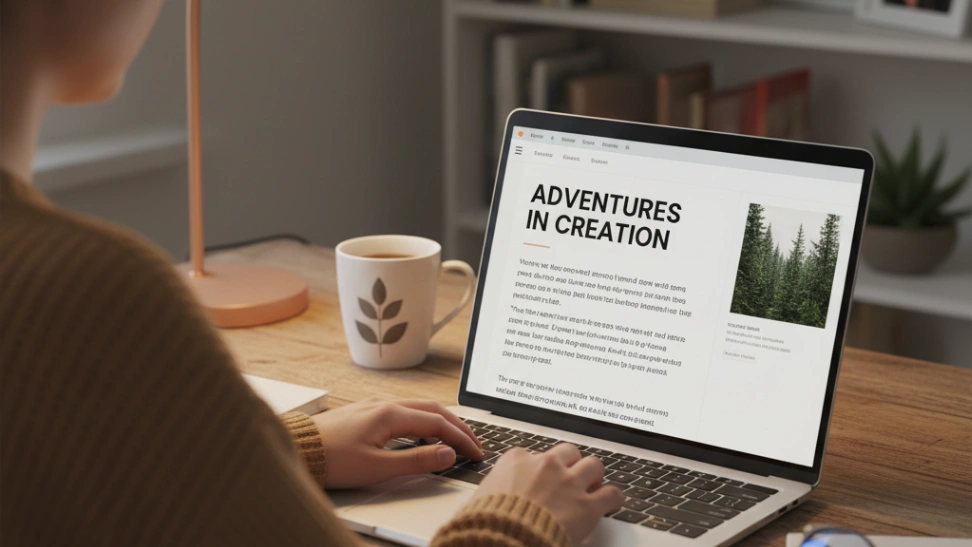Learning a new language is far more than just picking up new words; it's an immersive dive into the heart of another culture. When you learn French, you're not just learning verb conjugations; you're gaining access to French cinema, literature, and historical narratives in their original, unadulterated form. Mastering Japanese enables you to appreciate manga, anime, and traditional arts with a deeper context and understanding, transcending the limitations of translation. For travelers, speaking the local language transforms a tourist visit into an authentic cultural exchange, allowing for genuine connections with locals, navigating unfamiliar environments with greater ease, and discovering hidden gems off the beaten path. This cultural immersion deepens empathy and broadens one's worldview, fostering a richer, more nuanced understanding of humanity's diverse tapestry. The ability to communicate directly, to express thoughts and feelings without an intermediary, creates bonds that might otherwise be impossible, whether it’s sharing a laugh with a shopkeeper in Rome or discussing philosophy with a new friend in Kyoto. This direct engagement fosters a sense of belonging and respect, making the world feel simultaneously larger and more intimately connected.
Beyond cultural enrichment, language learning offers profound cognitive benefits, acting as a robust exercise for the brain. Studies consistently show that bilingualism and multilingualism can enhance problem-solving skills, improve memory, sharpen focus, and even delay the onset of age-related cognitive decline, such as dementia. The act of switching between languages strengthens the brain's executive functions, improving cognitive flexibility and the ability to multitask. It requires constant engagement with new patterns, logic, and sounds, stimulating different areas of the brain that might otherwise remain less active. The process of decoding meaning, constructing sentences, and retrieving vocabulary from a vast mental lexicon challenges and strengthens neural pathways. This mental workout is not only beneficial for cognitive health but also translates into improved academic performance, enhanced critical thinking, and a greater capacity for creative expression, as learners gain new frameworks for thought and communication. The mental agility developed through navigating linguistic complexities can be applied to various aspects of life, making one more adaptable and resourceful.
The history of language learning is as old as human civilization itself, intrinsically linked to trade, diplomacy, conquest, and religious proselytization. In ancient Mesopotamia and Egypt, scribes were often multilingual, essential for recording laws, communicating with neighboring empires, and translating sacred texts. The Roman Empire fostered Latin as a lingua franca, but administrators and traders frequently learned local dialects to govern effectively and facilitate commerce. During the Middle Ages, Latin continued its dominance as the language of scholarship and the Church, requiring educated individuals across Europe to learn it. The Renaissance saw a resurgence of interest in classical Greek and Hebrew, while the Age of Exploration propelled the learning of indigenous languages for colonial expansion and missionary work. The 19th and 20th centuries witnessed the rise of formal language instruction in schools, often focused on grammar-translation methods, which were later challenged by direct method and audio-lingual approaches emphasizing spoken communication. The latter half of the 20th century brought significant advancements with cognitive linguistics and communicative language teaching, focusing on real-world communication. Today, the digital age has revolutionized language learning, moving beyond textbooks to incorporate immersive apps, online tutors, vast digital media, and global language exchange communities. This evolution reflects a continuous human desire to connect and understand across linguistic divides.
Modern language learning offers a rich tapestry of approaches, catering to every learning style and preference. For the self-starter, numerous mobile applications like Duolingo, Babbel, and Memrise provide gamified lessons, spaced repetition, and interactive exercises, making daily practice accessible and engaging. Online platforms such as italki and Preply connect learners with native-speaking tutors for personalized lessons or free language exchange partners, offering invaluable real-time conversational practice. Immersion, whether through travel or by creating an immersive environment at home with foreign media (movies, music, books), remains one of the most effective ways to accelerate fluency, forcing constant engagement with the target language. Traditional classroom settings and university courses provide structured learning with expert guidance, while language clubs and meetups offer a social dimension, allowing learners to practice in a supportive, low-pressure environment. The key is often a blended approach, combining structured learning with organic exposure and consistent practice, tailored to individual goals and time commitments. Resources like podcasts, YouTube channels dedicated to language instruction, and foreign news sites provide authentic materials for listening comprehension and vocabulary expansion.
Consistency is paramount in language acquisition. Even short, daily practice sessions are more effective than infrequent, long study blocks. Setting realistic, achievable goals—like learning 10 new words a day or having a 5-minute conversation with a native speaker each week—can build momentum and prevent burnout. It's crucial to embrace mistakes as part of the learning process rather than letting them become a deterrent. Every error is an opportunity to learn and refine. Celebrating small victories, such as understanding a phrase in a foreign song or successfully ordering food in a new country, helps maintain motivation. The journey to fluency is a marathon, not a sprint, characterized by plateaus and breakthroughs. Patience, persistence, and a genuine curiosity about the language and its culture are the most valuable tools in a language learner’s arsenal. Ultimately, the reward of effortlessly communicating in another tongue, forging new relationships, and broadening one's intellectual horizons far outweighs the initial challenges, making language learning an endlessly enriching and transformative hobby.



